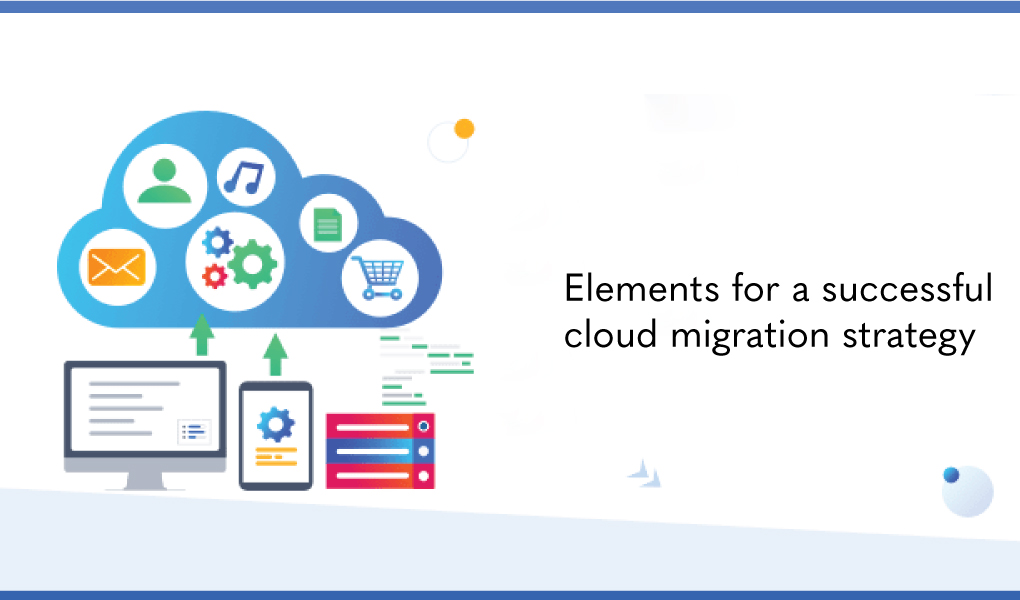A cloud migration strategy is a high-level idea a company accepts to move existing on-
premises or co-located application tasks and their allied data into the cloud. Almost all plans
include a public cloud migration strategy where the aim is on cloud providers. Many
workloads will favor cloud migrations, but not all of them are appropriate for migration.
The migration strategy that best answers their needs should be considered by the organization
while planning to migrate to the cloud.
Cloud Migration Strategies
When speaking of cloud migration or while sharing about cloud migration, the choice of
several strategies is given to users to move their app to the cloud. The following list has
details of some common cloud migration strategies that can be used for cloud migration:
1. Rehosting
Known as ‘Lift and Shift,’ is suitable for businesses that are planning to rehost legacy
applications on the cloud. Here, the company mostly has a large volume of data that needs to
be migrated to the cloud to collect business requirements in one place.
On completion of cloud migration, users can re-architect and enhance the applications.
Sometimes users migrate the application manually and can optimize processes immediately
after the migration process get over.
2. Replatforming
Replatforming involves twisting the process while keeping the core architecture of the
application remains the same. A costly strategy but still a good option for businesses that
cannot restructure their inherited systems to fit the requirements of cloud migration.
3. Repurchasing
Repurchasing is an easy and fast way to approach business needs. It takes the application and
packages it into a cloud-based product. For HR, CRM & CMS-based applications this is an
ideal solution.
4. Refactoring / Re-architecting
Reimagining to accommodate cloud-native features to cater to the current business scenario,
and needs and add essential features, scalability, and performance necessities that are
otherwise challenging or unattainable to implement in the current application environment.
This strategy is expensive and should only be considered when the team has tested and
rejected other strategies such as rehosting.
5. Retire
Keeping in mind all the aspects of the business environment the user or the functional owner
of the application may ask and wonder if the resources needed by the application are justified.
Deciding which resources to retire from is a prime decision that can save the business a lot of
money.
6. Retain
This strategy demands the business to assess and revisit each component. Migrating to the
cloud is not like setting up a virtual backup. Business finances can get hampered if each
component does not have its own cost, and benefit.
CONCLUSION:
These are only a few migration challenges that explain planning, testing, and resourcing.
Work with a provider to account for these challenges before designing your cloud migration
plan, and you can migrate all your data with trust.





